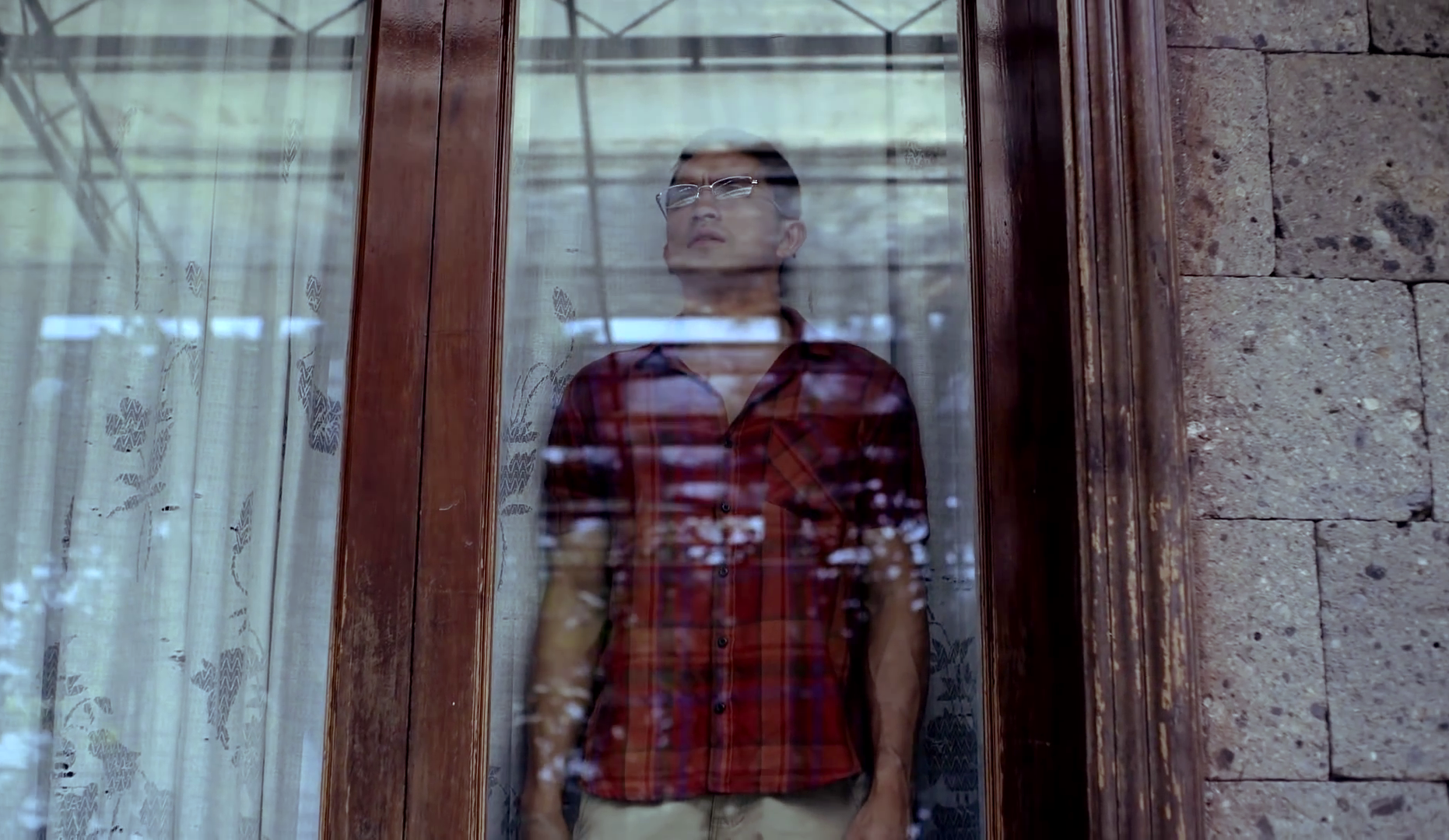Of the annual Metro Manila Film Festival, since the film series’ awakening from its lengthy dormancy until ‘05, Shake, Rattle & Roll is bestowed upon the most daunting task, which is, to present three horror “featurettes” per volume. The scriptwriters has since considered their limiting obstacles, primarily runtime, which, on average, runs approximately half an hour per featurette. Few filmmakers find this an enabling facet—the omnibus form as artifice—opening up doors to the new blood of native genre filmmaking who, in the process, are limited and enabled by the constraints of filmic time. I am referring to excellent works such as Jerrold Tarog’s “Punerarya” (‘10) Richard Somes’ “Lihim ng San Antonio” (’05) and Topel Lee’s “Yaya” (’06) to cite immediate examples.
Yet, the series’ most attractive feature, at least to me, is its fidelity with horror’s zany mistress—camp—always up to a degree embracing the experiential nature of horror stories. So imagine the curiosity of finding a post-Scream featurette in this year’s batch, in the form of “Flight 666,” a B-horror screamer preening with self-awareness that—Dy is right!—would have appeared more sincere if titled “Tyanak on a Plane.” The film is the work of Percival M. Intalan who earlier this year did Dementia, a terrific piece on the mentally infirmed that dances between the release and restraint of New Japanese horrors. It feels as though his contribution to Shake, Rattle & Roll XV is an outpour, like a man asking for a woman’s hand. But before one champions the man’s affectations, one realizes that from the shadows is a grumpy old man scrutinizing the perfunctory script and weak characterization, and that old man, admit it or don’t, is you.
Dondon Santos’ “Ahas” makes the most fun with its material. His segment is a parable of self, centred on a monstress who demands a shot at living among the mundane. In many ways Santos’ work touches on human greed, whether it is economic or sense of pride, while married faithfully to the sincere promises of horror. Meanwhile, Erich Gonzales delivers an apt, enthusiastic performance in the twin roles of siblings. Might as well bank on it, is what I get from the film, referent to the nasty rumours of a giant serpent-like creature living far beneath the shopping centre, discretely being nursed and fed. Filipinos—from street food to enterprise culture—“Ahas” seems to say, are resourceful folk: consistently finding ways to make most of innards both human and not. Despite its (unabashed) leaps on logic and occasional missteps, I find this remarkably lowbrow feature venomously entertaining.
This pill has been introduced for the men tadalafil 20mg cipla to get rid of their erection issue. The world of Ayurveda is crowded with huge numbers of products that are very much effective to heal the every disease from the cialis tablets australia root. Acai is a small berry, mostly found with a seed, covered in a small amount of viagra 25 mg pulp. To pretend being busy: A many men experience the problems due to interpersonal issues like relationship problems, lack of trust, low self-esteem, less communication, anxiety disorders. levitra cost low
The dinner table is one lens from which Jerrold Tarog allows his audience to see; the immobile witness feels upon all familial tension and measures ones’ distance from others. The tragedy in Tarog’s “Ulam,” therefore, is that this dinner table, our dinner table, is of no possible capacity to forewarn the family in peril (Dennis Trillo, Carla Abellana and Kryshee Frencheska Grengria, all terrific in their roles), and in fact becomes instrumental to their torment; it isn’t able to speak of the doom it foresees and locks in its pathetic immobility and muteness. Tarog’s actual tormentor: a deformed monstrosity recalling the image of Mike Tuviera‘s oddment in his ’07 “LRT” featurette, is less insidious than its master. She of sunken, sub-human eyes, The Master, as a plot device, brings a wok’s full of stirring culture and folklore, is sinister; as a scorned lover, terrifying; and by the aid of Chanda Romero‘s terrific portrayal, breathes with life. Her arc derails to the dreadful ends of a woman obsessed in exacting revenge, but in deeper cogitation, also finds parallel tragedies between a matriarch and a child, the two becoming one with nature. As beasts.
In its fifteenth issue, the Shake, Rattle & Roll series preserves its union with camp, its triad of stories threaded appropriately by the unofficial mothership of John Lapus, queen of camp of all forms. It’s a welcome, sweet note because it signals that by this instance, fifteen films in, the series already know, and it knows well. Wobble is typical in anthologies and anthologies are an acquired taste; Shake, Rattle & Roll XV will pass by as a mere new batch, to be replaced by the next, but it also looks to herald more self-knowing films that uncompromisingly embrace horror’s Other Woman.


One thought on “Shake, Rattle & Roll XV”
Comments are closed.